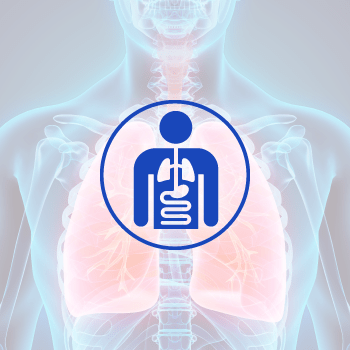POST-TRAUMATIC STRESS DISORDER (PTSD)
Post-Traumatic Stress Disorder involves experience of a single or of multiple traumatic events, or stressful situations and events. It may be experienced because of directly experiencing or witnessing a natural disaster, an accident, death, injury, war/combat, abuse and neglect of any form and nature. It may also be caused through indirect exposure by witnessing or learning about the trauma from a close relative or close friend, or possibly in the course of professional duties (e.g., first responders, medics).
Symptoms:
- Flashbacks, nightmares, dreams, vivid memories of traumatic situations or events
- Sleep related difficulties –difficulty falling or staying asleep
- Significant distress –emotional and physical
- Difficulty in attention and concentration
- Fear, irritability, anger outbursts, crying spells, startling response
- Avoidance of situations that are triggering and distressing
- Negative beliefs about self, others, or/and the world
- Lack of interest in pleasurable or daily activities, social situations
- Impairment in different aspects of life such as, social, professional, personal, spiritual, etc.
Who’s at Risk?
Anyone can develop PTSD, but certain factors increase the risk:
- Direct exposure to the trauma
- History of mental illness
- Lack of support after the event
- Ongoing stress or additional trauma
Veterans, first responders, survivors of assault or disaster, and refugees are particularly vulnerable.
Available Treatment at HSMC
Psychotherapy
Psychotherapy is the core of PTSD treatment. More specifically, trauma-focused therapies help people process the trauma, reduce symptoms, and regain a sense of control.
Cognitive-Behavioral Therapy (CBT)
CBT helps you identify and challenge unhelpful thoughts related to the trauma. For example: “It was my fault” or “I’m never safe.” You learn to reframe these thoughts in a more realistic and adaptive way.
Eye Movement Desensitization and Reprocessing (EMDR)
- Combines talking through the trauma with bilateral stimulation (like guided eye movements or tapping or other forms of bilateral stimulation)
- Helps the brain “reprocess” the memory so it becomes less vivid and distressing
- It is a protocol-based approach and thus is practiced by a trained practitioner of EMDR.
- Helps with any types of traumas (single, complex, developmental, intergenerational).
- It is an evidence-based treatment protocol for PTSD.
Sensorimotor Psychotherapy
- Focuses on body and mind –connects physical sensations and emotions as it recognizes that trauma can be stored in the body and mind.
- Helps in noticing and being aware of the physical sensations arising with distressing memory and then release the impact of trauma through the ways the body and mind wants to.
- Holistic healing.
Internal Family Systems (IFS)
- Uses ‘parts’ language as this approach believes that the mind is made up of different parts/subpersonalities (parts carrying painful memories, parts protecting to keep the person safe) and each of these has its own thoughts, feelings, behaviors and functions which can be impacted by trauma, leading to inner conflict.
- Goal is to connect with ‘SELF’ –a wise part of the person, which is calm, adaptive and compassionate. This helps in healing the other parts towards balance and harmony.
If you or someone you care about is experiencing symptoms of PTSD, don’t wait. Book an appointment with one of our psychologist today who are trained in these modalities. Take your first step toward healing.

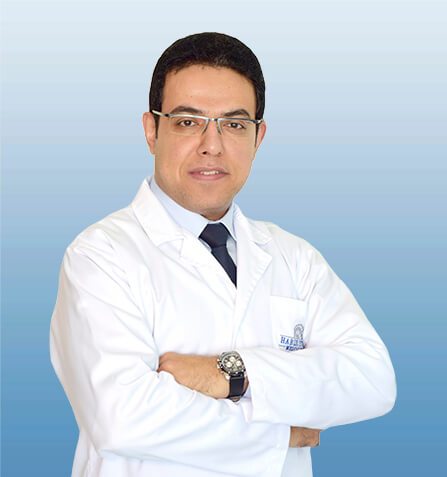





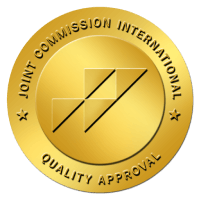
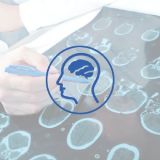
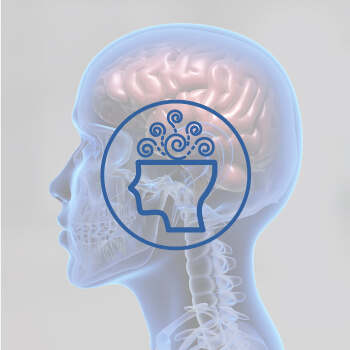


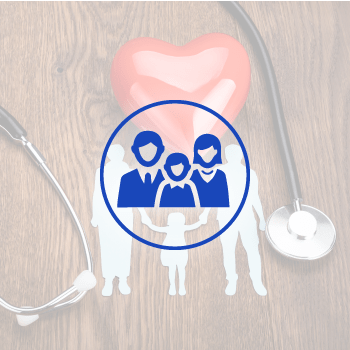
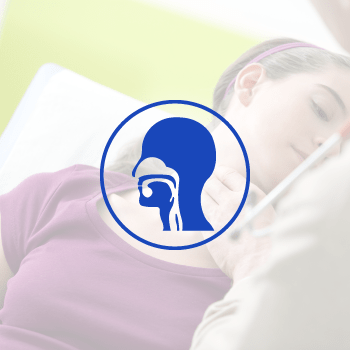
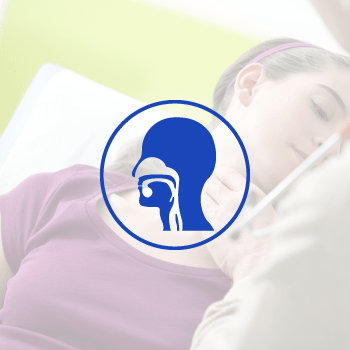
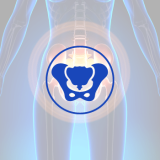


 أنقر هنا
أنقر هنا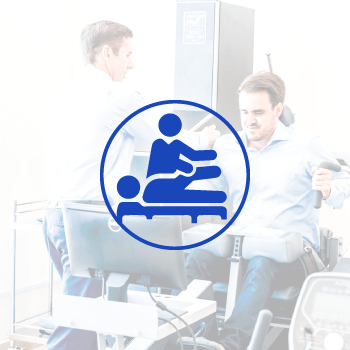 أنقر هنا
أنقر هنا

